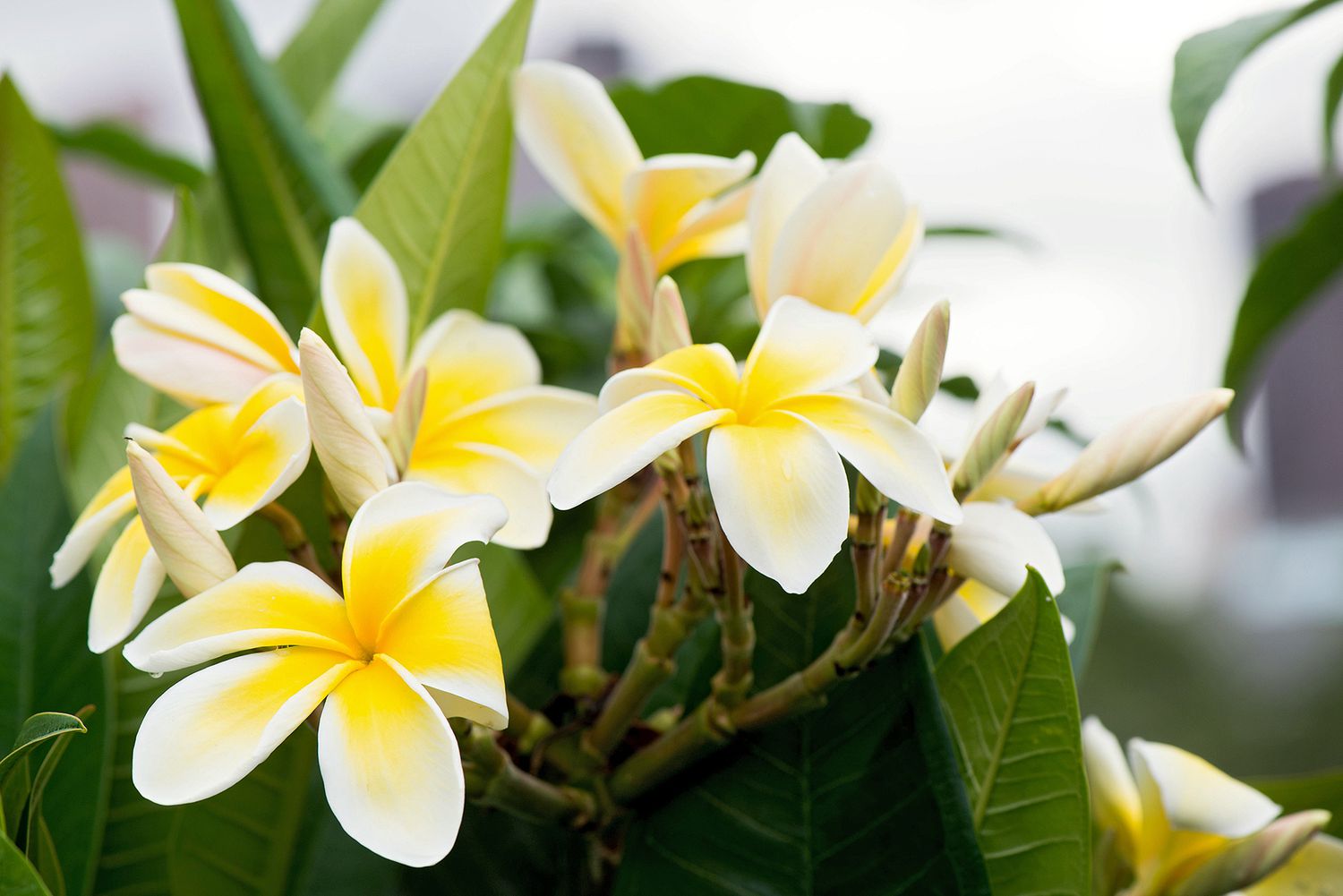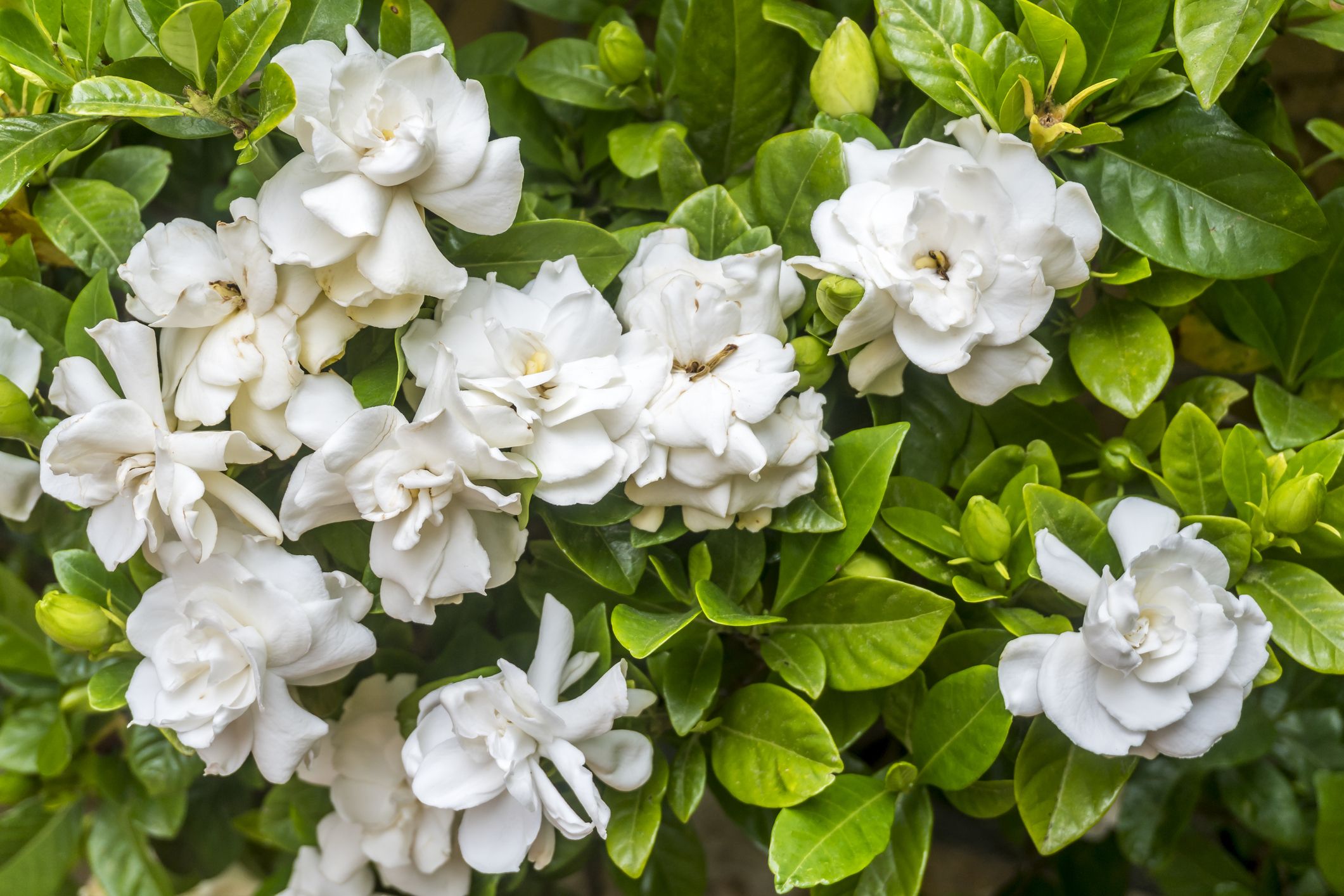Our sense of smell is probably one of the most important of all our senses for wellbeing. Scents can be very evocative, provoking emotions and memories, but more importantly, they make us feel good. Gardening provides many benefits to our health, but one that sometimes gets overlooked is the power of scent in a garden. Growing plants that look beautiful is a joy in itself, but combine that with plants and herbs which are scented, and you have something magical.
The importance of scent in a garden has become more popular in recent years with the growing popularity of aromatherapy and more awareness of how gardens can help those who have physical and mental impairments. In fact, there was a garden designer who was recently involved in designing a garden for children whose sight was impaired. Not only were plants and structures which felt different and nice to touch important, but the garden was also filled with fragrant plants to stimulate their sense of smell and so enhance their experience of what was around them.
The Aromatherapy Herb Garden
Many of the essential oils used in aromatherapy are derived from herbs that have been used for their fragrant healing properties since ancient times. Although you may not want to create your own oils from the plants you grow, you can make a herb garden that is filled with those aromas that help us in our everyday lives, as well as being useful in other ways such as for cooking and making an attractive garden. Herbs you might like to use in an aromatherapy garden that has the properties of an essential oil include sweet basil, whose oil promotes concentration, Roman chamomile, well known for its relaxing properties, a lemon balm which is an antidepressant, sweet marjoram whose fragrance has a calming effect, bergamot or bee balm which has an uplifting scent, rosemary whose smell is invigorating, and of course, lavender whose scent is not only wonderful on a warm evening but has a soothing effect on all our senses. Many of these herbs also have culinary uses, particularly rosemary, marjoram and basil. The effects of chamomile can also be enjoyed by making it into a tea, as can those of lemon balm.
A Perfumed Border

Herbaceous borders are the perfect place in the garden to combine both beauty and fragrance. A border filled with scented plants will fill a summer evening with evocative fragrance and will fill your senses when particular table plants are brushed by. Some plants to consider would be achillea or yarrow. This plant comes in a variety of colours, from bright yellow to soft pinks and peach. It has a fresh, sweet herb-like scent and is known for its revitalising properties. Angelica not only makes a great architectural statement on a border but also has a rich, earthy and spicy scent. Calendula or marigolds are a lovely bright flash of orange and have a sharp, herby aroma. Made into a cream, it is used to treat a number of skin complaints. It will also keep pests such as greenfly away from other plants. Carnations and pinks have an exotic floral fragrance and are used for their uplifting properties. Rose geranium has a gorgeous rose, floral aroma and is known for its balancing, harmonising effects. There are many more plants you could choose for your borders, such as honeysuckle, common jasmine, and lavender. But probably the plant with the most varied but always uplifting array of scents is the rose. Old roses are still bred today, and there are a huge variety of colours and fragrances to suit all tastes, from sweet, delicate floral scents to rich exotic and spicy. The scent of roses is uplifting, warming and euphoric, which makes them a must for any truly scented garden.
Fragrant Container Plants
Whether you have a conservatory or want to grow scented plants outside in garden planters, there is a large variety to choose from. Balm of Gilead is a particular favourite of mine. Treat it as an annual, so it is best grown in a container. The flowers are small, pink, and a little insignificant, but the scent is heady and eucalyptus-like. Sweet peas are a classic to grow in a planter, whether on your vegetable patch, patio or in the middle of a border. Their sweet scent is fresh and reviving. The common primrose is an early reminder of spring with its sweet mossy scent and looks great when combined with other early flowering plants. Statuesque and fragrant lilies are probably the most versatile of container plants, and their corms can be lifted and stored for the following years. Many herbs can also be happily grown in containers. Move pots of lavender around to catch the warmth of the sun and release that wonderful, familiar scent. In a conservatory, grow orchids and sweet, spicy scented citrus trees.
The list of fragrant plants is really endless. So when you are next planning a change to a border or wondering what to plant in an unusual container, consider the scent of a plant just as important as its appearance.


